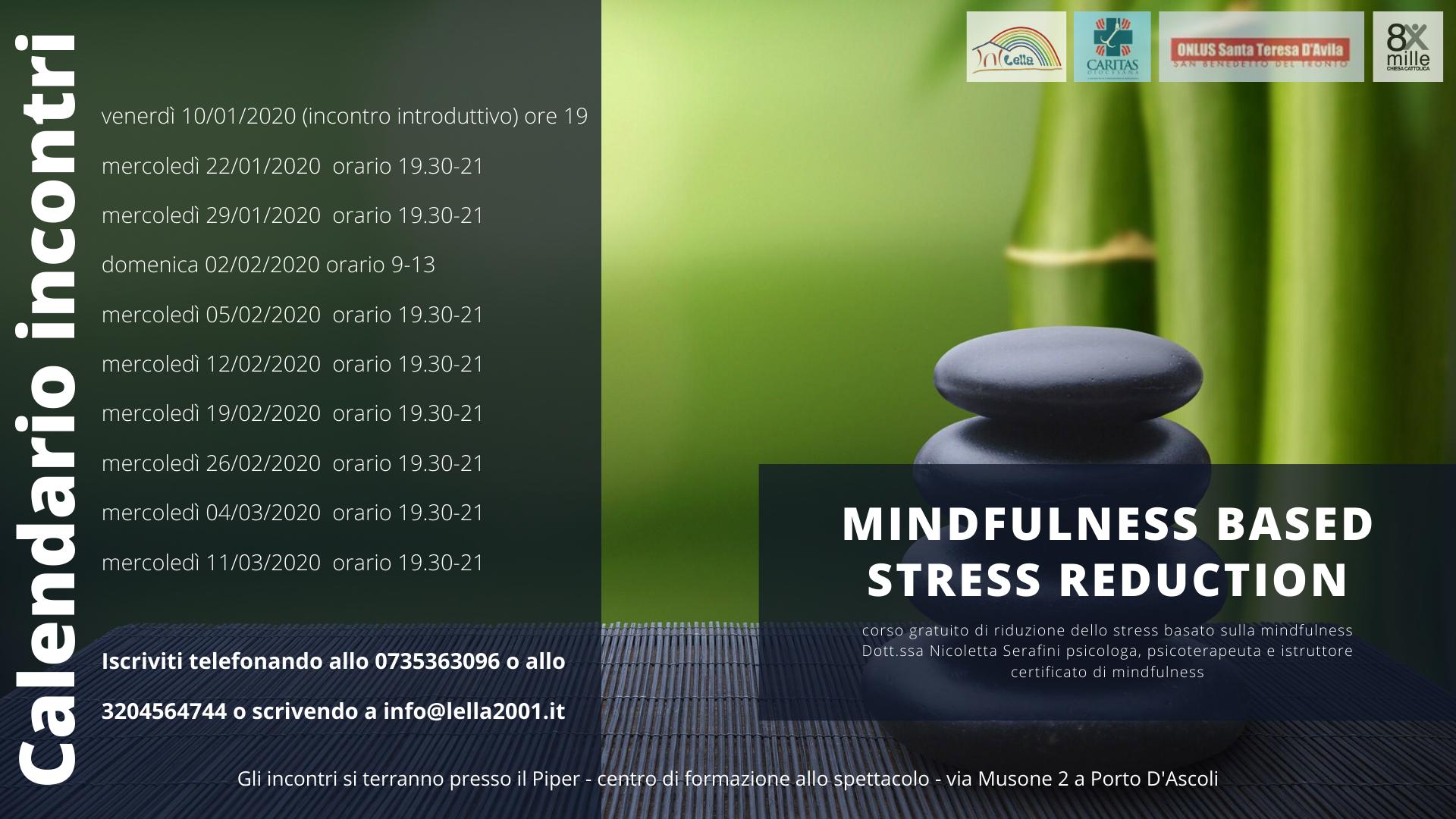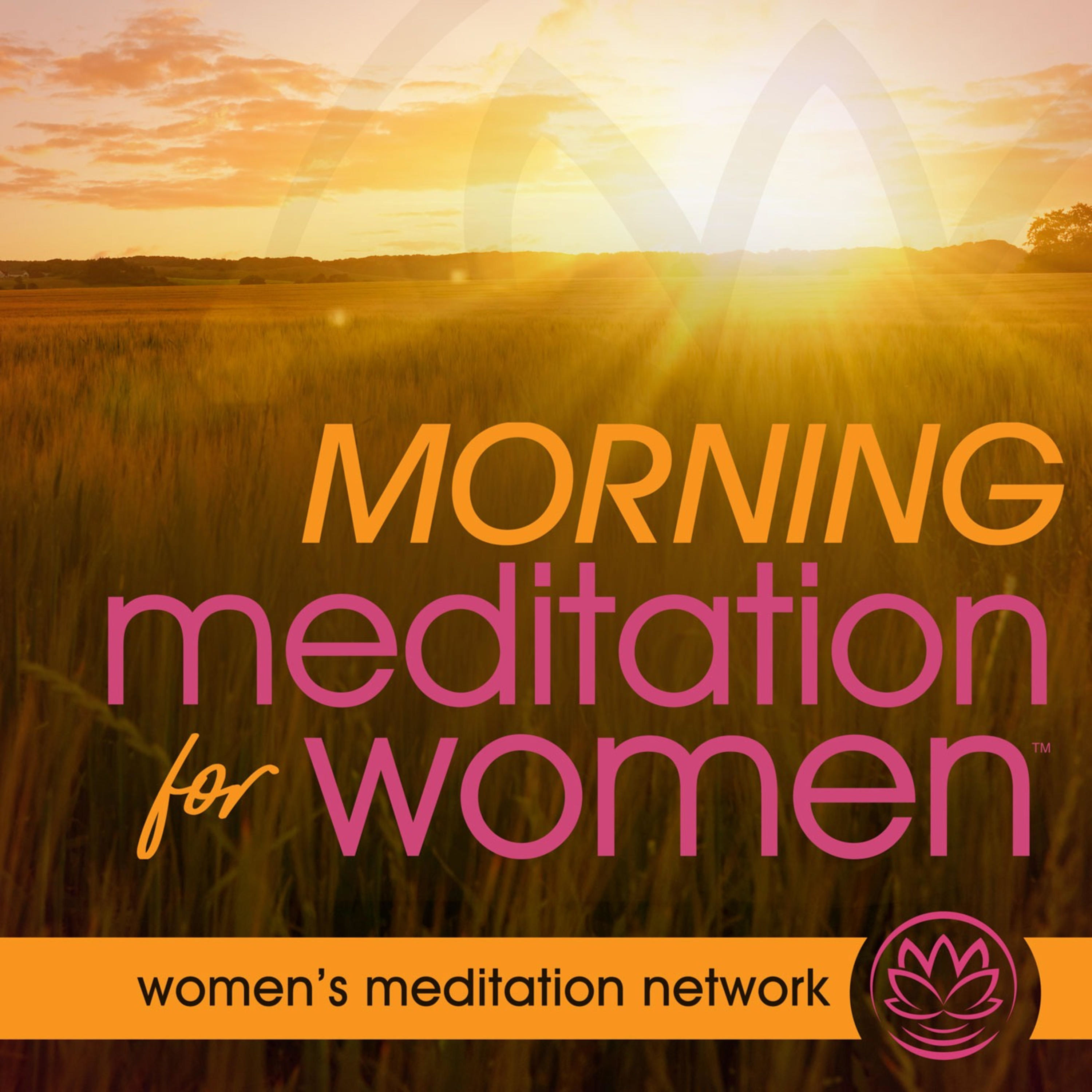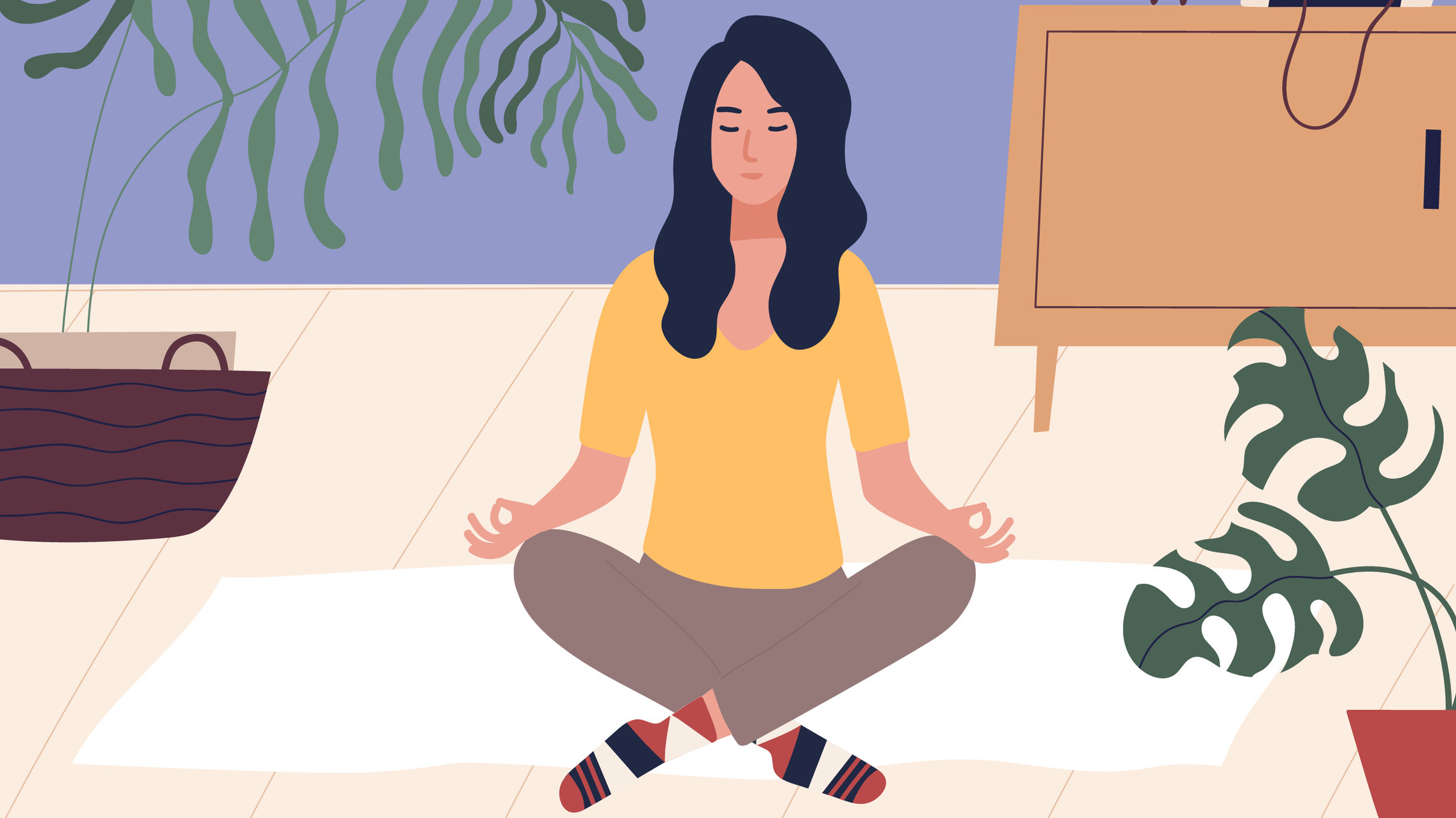
It is an ancient practice to heal with sound. It is used by many cultures across the world, including the Greeks, Hindus, and Aborigines. Actually, music and sounds are as old as the world. The ancient Greeks used instruments like flutes and lyres to help them heal their patients. Native Americans use didgeridoos and shamanic drums to speed up the healing process. Sanskrit mantras are a way to improve health and well-being. In the 20th century, healing with sound was rediscovered. Wounded soldiers in World War II used music therapy to heal themselves. The advent of ultrasounds brought the practice of sound and music into mainstream medicine. This method is used to evaluate the internal organs as well as soft tissues.
Sound baths can be used to relax and have a ceremonial immersion in a tranquil, relaxing atmosphere. They can be done in a private or group setting and are a great way to reduce stress and promote relaxation. Stress, according to some scientists, pulls cells out of a coherent structure. When the body is out of sync, it can experience a wide range of symptoms, including pain, insomnia, and depression. Sound healing can restore harmony and balance in the body, along with these symptoms.

While sound is an ancient practice, scientists have recently incorporated it into science. Researchers have confirmed that specific sound frequencies can influence our minds and bodies in a positive way. Low-frequency sounds like singing bowls or tuning forks can, for example, increase blood flow and decrease inflammation. This practice has a variety of benefits for our health. But, is it really that effective? This question is still unanswered.
Sessions with sound healing are more individual. These sessions include a conversation with the practitioner and a nurturing environment. The therapist may also offer breathing exercises that can help deepen and increase our energy flow. Those who have tried sound healing say that it has a positive impact on their lives. It doesn't matter if your need is for an energy boost or to vent, sound healing can help. It will be a powerful experience.
Since thousands of years, sound therapy has been used. It has been used as a way to help treat mental disorders and boost productivity. Music has even been used to cure autism. This practice can bring about life-altering changes. Sound therapy is an effective treatment for mental health issues. It can have profound results. This ancient technique offers many amazing benefits. You'll feel more alert and relaxed with this powerful tool.

The use of sound in healing is not new. Aboriginal peoples have used sound and song to promote their health for thousands of years. They used the didgeridoo, along with other instruments, to heal their injuries. The didgeridoo can still be used for this purpose. Its vibrations encourage the brainwaves to settle and enter a deep state of relaxation. The most relaxed states of consciousness include the delta state and theta. These states can help the body enter homeostas which is favorable for the healing process.
FAQ
How often should I exercise
For a healthy lifestyle, exercise is vital. There is no time limit on how much you should exercise. The key is finding something you enjoy and stick with it.
When you exercise three times per week, aim for 20-30 minutes moderate intensity. Moderate intensity will mean that you'll continue to be exerting yourself afterward. This type of exercise burns approximately 300 calories.
Walk for at least 10 minutes four days a weeks if you prefer walking. Walking is low impact and easy on your joints.
Jogging three times a week for 15 mins is enough if you want to run. Running is an excellent way to lose weight and tone your muscles.
You can start slow if you're new to exercise. You can start with only 5 minutes per week of cardio. Gradually increase your cardio time until you reach the goal.
Why does our weight change as we get older?
How do I know if my bodyweight changes?
If there are less calories than muscle mass, then weight loss is possible. This means that the amount of calories consumed must exceed the amount of energy used daily. Low activity levels are the most common cause for weight loss. Other reasons include poor eating habits, stress, hormone imbalances, certain medications and illness. When there is more fat than muscles, it's called weight gain. It occurs when people consume more calories each day than they use. It can be caused by overeating or increased physical activity as well hormonal changes.
We eat less calories than we burn, which is the main reason our bodies lose weight. The main reason we lose weight is because we exercise more often. This increases our metabolism rate and burns more calories each day. But this doesn't guarantee that we'll lose weight. All that matters is whether we're losing weight or gaining muscles. Weight loss is possible if you burn more calories than you consume. However, if we consume more calories than we burn, we end up storing them as extra fat.
As we age, our ability to move around is slower and we are less mobile. We also tend to eat less food than we did when we were younger. As a result, we gain weight. We also tend to look larger because we have more muscle.
Without regularly weighing yourself, it is impossible to gauge how much weight you have lost. There are many ways you can measure your weight. You can gauge your waist size, hips, hips, thighs and arms. Some people prefer to use bathroom scales while others like to use tape measures.
If you want to track your progress, you should try weighing yourself once a week and measuring your waistline once a month. To see how far you have come, you can take photos of yourself every few month.
You can also check your height online to find out how many pounds you have. If you're 5'10' tall and weigh 180lbs, you'd likely weigh 180lbs.
Which lifestyle is best for your health?
The healthiest lifestyle to live is one where you eat healthy food, exercise regularly, sleep well, and avoid stress. These guidelines will help you live a long, healthy life.
Starting small can make a big difference in your diet, and even your exercise routine. Try walking for 30 minutes each day to lose weight. If you're looking for a way to increase your activity, consider taking up swimming or dancing. An online fitness program such as Strava or Fitbit that tracks your activity could be a good option.
How does an antibiotic work?
Antibiotics are medications that kill harmful bacteria. Antibiotics are used to treat bacterial infections. There are many types of antibiotics. Some are administered topically, while others can be taken orally.
Many people who have been exposed can be prescribed antibiotics. An oral antibiotic might be prescribed to someone who has been exposed to chicken pox. This will prevent the spread of shingles. An injection of penicillin may be necessary to prevent pneumonia if someone has strep.
If antibiotics are to be administered to children, they must be prescribed by a doctor. Children are at greater risk of developing side effects from antibiotics than adults.
Diarrhea is one of the most common side effects of antibiotics. Other side effects that could occur include nausea, vomiting and dizziness. These side effects are usually gone once the treatment is complete.
What can you do for your immune system to improve?
The human body is composed of trillions if not billions of cells. Each cell works together to create organs and tissues that fulfill specific functions. If one cell dies, a new cell takes its place. Hormones, which are chemical signals that allow cells to communicate with one another, enable them to do so. Hormones regulate all bodily functions from growth and developmental to metabolism and immunity.
Hormones can be described as chemicals produced by glands in the body. They travel through our bloodstream and act as messengers, controlling how our bodies function. Some hormones are made internally, while others are created outside the body.
The release of hormones from a hormone producing gland into the bloodstream is the beginning of hormone production. Once hormones become active, they move throughout the body until reaching their target organ. Some hormones are only active for a brief time. Others hormones are more active and have a longer life expectancy. They can still influence the body's functions long after they are eliminated from the bloodstream.
Some hormones are produced in large quantities. Others are made in small quantities.
Some hormones are produced at certain times during life. The production of estrogen can occur during puberty and pregnancy, as well as menopause and old age. Women can get estrogen to build breasts, prevent osteoporosis, and keep their bones healthy. It is also known to promote hair growth and keep skin soft and smooth.
Statistics
- According to the 2020 Dietary Guidelines for Americans, a balanced diet high in fruits and vegetables, lean protein, low-fat dairy and whole grains is needed for optimal energy. (mayoclinichealthsystem.org)
- According to the Physical Activity Guidelines for Americans, we should strive for at least 150 minutes of moderate intensity activity each week (54Trusted Source Smoking, harmful use of drugs, and alcohol abuse can all seriously negatively affect your health. (healthline.com)
- Extra virgin olive oil may benefit heart health, as people who consume it have a lower risk for dying from heart attacks and strokes according to some evidence (57Trusted Source (healthline.com)
- nutrients.[17]X Research sourceWhole grains to try include: 100% whole wheat pasta and bread, brown rice, whole grain oats, farro, millet, quinoa, and barley. (wikihow.com)
External Links
How To
What does the "vitamins” word mean?
Vitamins are organic substances found naturally in food. Vitamins aid us in absorbing nutrients from the food we eat. The body cannot make vitamins; therefore, they must be obtained from food.
There are two types: water-soluble and fat-soluble vitamins. Water-soluble vitamins dissolve in water easily. Some examples include vitamin C,B1 and B2 vitamins (thiamine), B2 and riboflavin, B3 and B6 vitamins (niacin), folic acids, biotin, pantothenic acids, and cholesterol. The liver and fat soluble vitamins are stored within the liver and in fatty tissue. Vitamin D, E, K and A are some examples.
Vitamins are classified based on their biological activity. There are eight main groups of vitamins.
-
A – Essential for normal growth, and the maintenance of good health.
-
C is important for nerve function and energy production.
-
D - Essential for healthy teeth and bones.
-
E - needed for good vision and reproduction.
-
K – Required for healthy nerves & muscles.
-
P - essential for strong bones, teeth and tendons
-
Q - Aids in digestion and absorption.
-
R is required for the production of red blood cells.
The recommended daily allowance (RDA) of vitamins varies depending on age, gender, and physical condition. RDA values are set by the U.S. Food and Drug Administration (FDA).
For example, the RDA for vitamin A is 400 micrograms per dayfor adults 19 years or older. Pregnant women require 600 micrograms daily to support fetal development. Children ages 1-8 require 900 micrograms per day. Babies under one-year old require 700 mg per day. Between 9 and 12 years of age, however, this drops to 500 mg per day.
Children between the ages 1--18 years old who are overweight or obese require 800 micrograms per Day, while those who are overweight or obese need 1000 micrograms. To meet their nutritional needs, children underweight and obese require 1200 micrograms a day.
Children aged 4-8 years old who have been diagnosed as having anemia require 2200 micrograms of vitamin C per day.
Adults over 50 years of age need 2000 micrograms per day for general health. Breastfeeding or pregnant women require 3000 micrograms per daily due to higher nutrient demands.
1500 micrograms are required daily by adults over 70 because they lose approximately 10% of their muscle each decade.
Women who are pregnant or nursing need more than the RDA. Pregnant women require 4000 micrograms daily during pregnancy, and 2500 micrograms every day after birth. Breastfeeding mothers require 5000 micrograms daily when breast milk production is occurring.